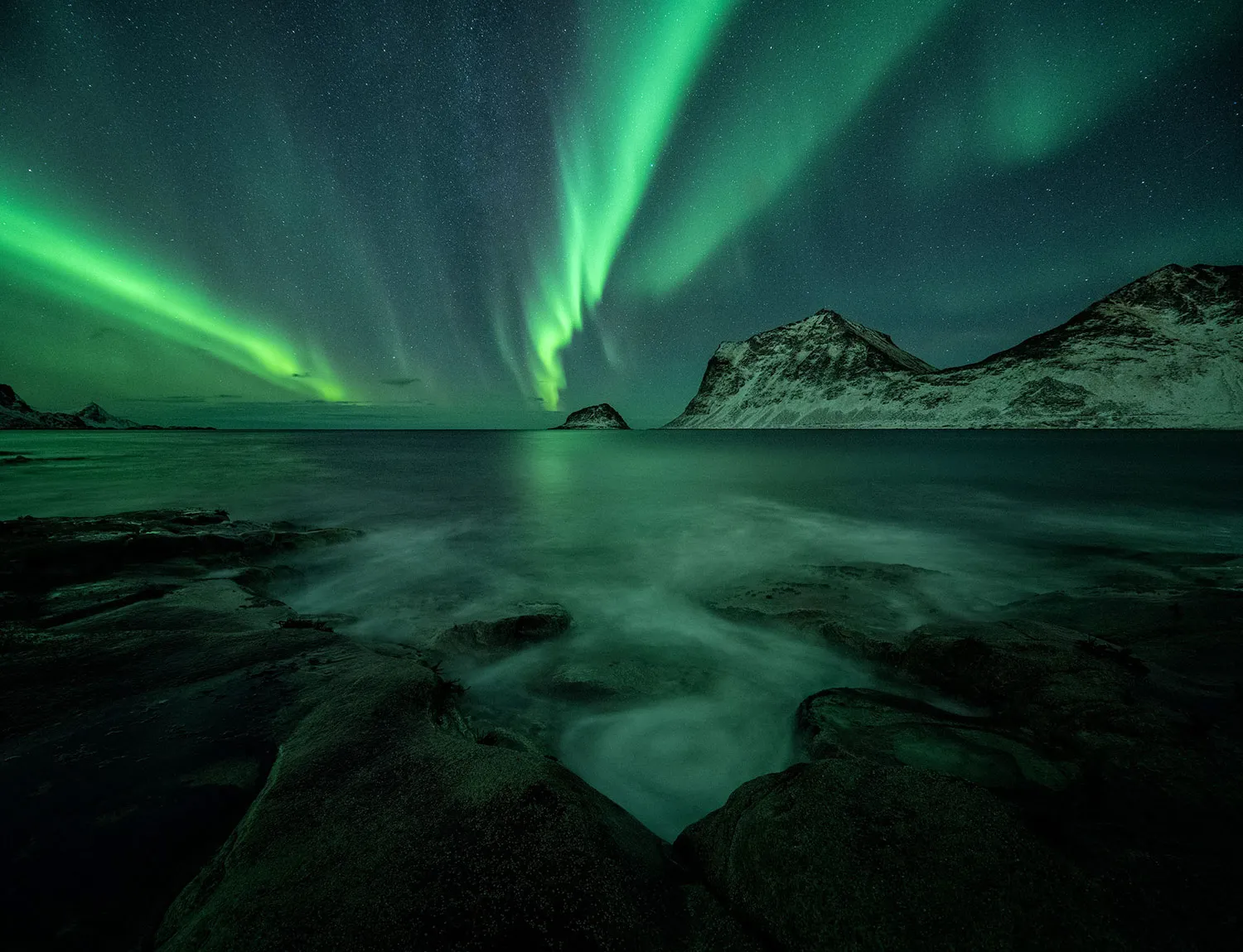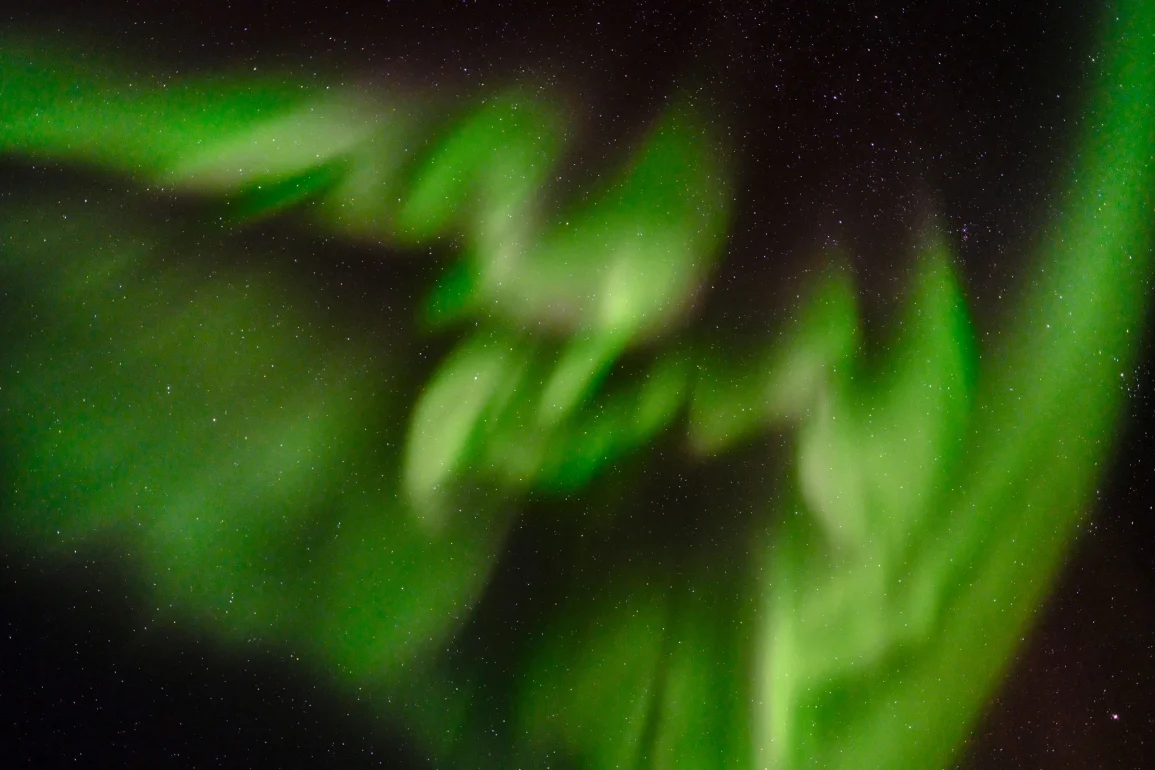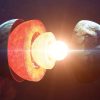Expect a breathtaking show in the sky with the potential arrival of another northern lights display. Following a rare severe geomagnetic storm in May that brought the northern lights into view, a new storm is approaching.
The National Oceanic and Atmospheric Administration (NOAA) Space Weather Prediction Center has issued a geomagnetic storm watch for July 24. These storms can generate spectacular aurora displays, particularly in the northern and upper Midwest states.
Typically, the northern lights, or aurora borealis, are best observed from high northern latitudes during winter in regions like Alaska, Canada, and Scandinavia. However, the upcoming storm could offer a unique chance for people in other parts of the world to witness this phenomenon.
The NOAA has explained that these geomagnetic storms can trigger remarkable aurora displays, making it a rare viewing opportunity outside the usual regions.

Despite the northern lights not being directly related to zodiac signs, the current solar activity driving the lights might increase our emotional sensitivity. As a result, people might feel more in tune with their emotions during this period. The upcoming display offers not only a visual treat but also a chance to experience heightened emotional awareness.
The northern lights are expected to be visible between 1 a.m. and 4 a.m. ET on July 24, according to an alert from the NOAA Space Weather Prediction Center. Space weather physicist Tamitha Skov has mentioned that solar storms often arrive later than predicted, so it’s likely the lights will appear towards the end of this time window. Slow solar wind ahead of the coronal mass ejection (CME) slows the storm, affecting the precise timing.
The G2-class geomagnetic storm responsible for the upcoming display typically makes the northern lights visible as far south as New York and Idaho. In contrast, May’s G5 storm allowed for a broader viewing range.
This time, states like Wisconsin, North Dakota, South Dakota, Michigan, Montana, Minnesota, northern New York, and Maine might catch a glimpse of the lights. For optimal viewing, find a dark spot with limited light pollution and clear skies, preferably on higher ground. The NOAA provides an aurora forecast to help pinpoint visibility areas.
To capture the northern lights, use night mode on your phone, as smartphones can often detect the aurora even if it’s not visible to the naked eye. Icelandic authorities recommend using a tripod for long exposures, setting the phone’s focus to infinity, avoiding flash, and using specific photography apps like Northern Lights Photo Taker or NightCap Camera for iOS, and ProCam X Lite for Android. These tips can help you take stunning photos of the northern lights during this rare event.

